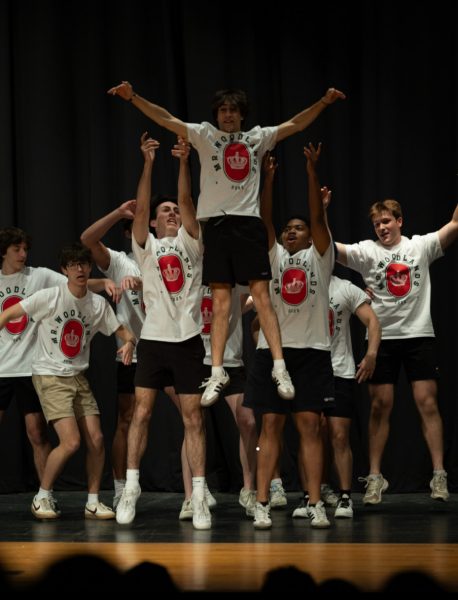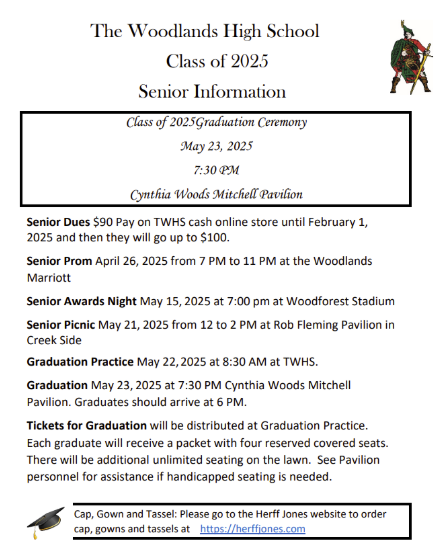A Wakeup Call
As summer ends and the school year begins, many students and teachers prepare to return to waking up at 5 in the morning in order to be fully prepared for school at 7:20 when the class bell rings. In order to prevent students and teachers from feeling tired throughout the entire day, the school would benefit from starting at a later time.
The Woodlands High School’s first block of the day starts at 7:20, as the rest of the high schools in the district do, with the exception of Conroe High School, which starts at 7:16. Often times during first block classes, teachers will make an observation of how tired the students in the class look at least one time per semester. In addition to teacher’s making those observations, I’ve also overheard and participated in numerous conversations about how little sleep a student had the night before, whether it be from homework, an after school activity, or just from not feeling tired until it was too late to receive the recommended 9 hours of sleep in order to be healthy.
As mentioned earlier, teenagers require between 9 and 9 ½ hours in order to stay healthy. However, according to Johns Hopkins Medicine, due to puberty most teens have trouble sleeping before 11. This means that if a student fell asleep exactly at 11 and woke up at 5:30, they’d only receive 7 ½ hours of sleep, two behind the recommended amount. However, once homework and extracurricular activities get added to the equation, this makes students stay up even later than 11. Think about the biggest extracurricular activity in high school, Football. Football practices for the class period they get throughout the day, plus the after school practices that end up taking another 2 hours. This means that the players don’t even have an opportunity to start on their homework until 4:30 when practice ends. In order for the players to get their homework done and get asleep at 11, they have to hurry home with no traffic, have dinner ready at home and eat it quickly, shower fast, get their lunch and bag prepared for the next school day, and get all of their homework done, all with a 2 hour handicap against the students without anything going on after school.
An argument used against high school starting later is that it would simply make the students stay up later, basically keeping them in a cycle of never getting enough sleep, leaving them to always complain about a lack of sleep. However, if school was pushed back to the starting time that McCullough Junior High School has (8:50), then the students would be able to stay up later for homework, and still actually be tired when it becomes time to fall asleep, giving a higher chance of students increasing their sleep time throughout the school year. A very close example is of the Seattle Public School District in Washington, who moved the starting times of their high schools in 2016 from 7:50 to 8:45, and later in the year, researchers from the University of Washington and the Salk Institute of Biological Studies teamed up to research the effect of the change in start time on the students of the district. As was expected of the research, they found that the median sleep time of students increased by 34 minutes. It may not have lifted the students sleep time up to the recommended 9 ½ hours, but 34 extra minutes of sleep is still very important in teenagers.
This evidence is presented with the hope that change will happen in the system to allow students more opportunities to be healthy, leading for the entire student body to have a higher chance to leave a lasting legacy, both in life and at The Woodlands High School. With medical evidence proving the benefits of a later start time for high school, I encourage you to band together and write to the superintendent of the district in order to help make the student body of The Woodlands High School live a happier and healthier life.
Your donation will support the student journalists of The Woodlands High School. Your contribution will allow us to purchase equipment and cover our annual website hosting costs.






